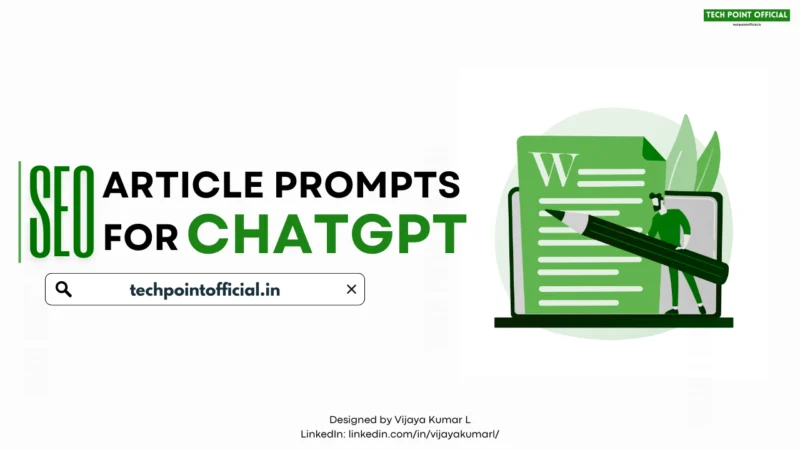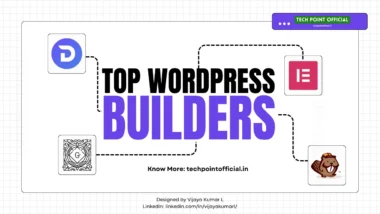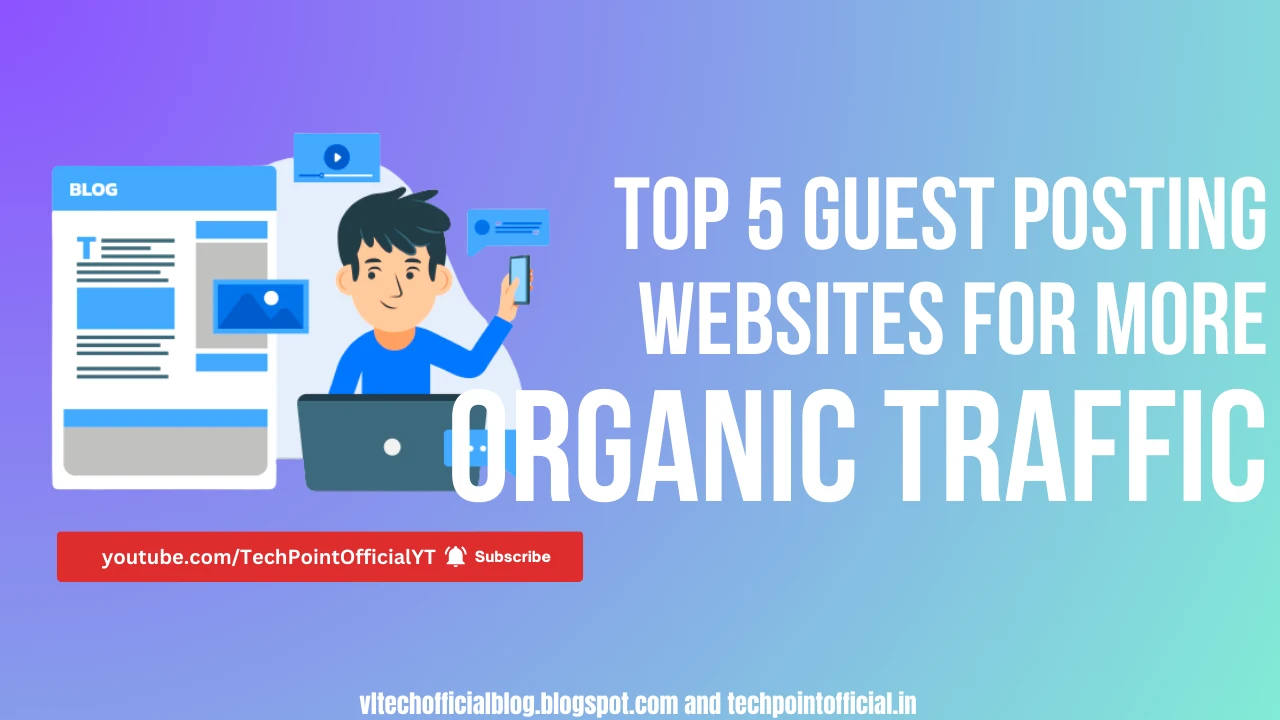Table of Contents Hide
- What Makes an Effective SEO Article Prompt?
- Essential Elements of Professional SEO Article Prompts
- Advanced Techniques for ChatGPT SEO Prompting
- Get Your FREE ChatGPT SEO Prompt
- Optimizing Content Structure and Formatting
- Common Mistakes to Avoid in SEO Prompting
- Measuring Success and Iterating Your Approach
- Future-Proofing Your SEO Content Strategy
- Conclusion
- Top 5 Free ChatGPT Alternatives AI Chatbots
- Frequently Asked Questions FAQ
- If you found this guide helpful,
The landscape of content creation has transformed dramatically with the rise of AI writing tools. SEO article prompts for ChatGPT have become essential for marketers, bloggers, and content creators who want to produce high-quality, search engine optimized content efficiently. Understanding how to craft effective prompts can be the difference between mediocre AI-generated content and compelling articles that rank well and engage readers.
What Makes an Effective SEO Article Prompt?
Creating successful ChatGPT SEO prompts requires understanding both search engine optimization principles and how AI language models process instructions. The most effective prompts combine specific technical requirements with clear creative direction.
Effective SEO prompts typically include several key components. First, they specify the target audience and tone of voice. This helps the AI understand whether you’re writing for technical professionals, casual readers, or industry experts. Second, they include clear SEO parameters such as target keywords, article length, and heading structure requirements.
The best prompts also provide context about the content’s purpose. Are you trying to educate readers about a complex topic? Drive traffic to a product page? Build topical authority in your niche? This context helps generate more targeted and useful content.
Essential Elements of Professional SEO Article Prompts
When developing SEO content prompts, several elements should always be included to ensure optimal results. These components work together to create comprehensive instructions that produce high-quality content.
Target keyword integration is crucial for any SEO-focused prompt. Specify your primary keyword and any secondary keywords you want naturally incorporated throughout the article. However, avoid keyword stuffing by requesting natural integration that maintains readability.
Structural requirements help ensure your content follows SEO best practices. Request specific heading hierarchies (H1, H2, H3), minimum word counts, and paragraph lengths. Search engines favor well-structured content that’s easy to scan and understand.
Audience specification ensures the content resonates with your target readers. Define demographics, knowledge level, pain points, and interests. This helps create content that not only ranks well but also engages and converts visitors.
Advanced Techniques for ChatGPT SEO Prompting
Beyond basic requirements, advanced SEO article prompts incorporate sophisticated techniques that produce superior results. These methods help create content that stands out in competitive search landscapes.
Competitive analysis integration can be powerful when crafting prompts. Research top-ranking articles for your target keywords and identify content gaps or unique angles you can address. Include these insights in your prompt to create more comprehensive and valuable content.
User intent alignment ensures your content matches what searchers actually want to find. Analyze search results to understand whether users seek informational content, product comparisons, or step-by-step guides. Tailor your prompt accordingly.
Semantic keyword inclusion helps create topically comprehensive content. Include related terms and concepts that search engines associate with your main topic. This approach supports modern SEO strategies focused on topic clusters rather than individual keywords.
Get Your FREE ChatGPT SEO Prompt
Download our exclusive collection of 50+ proven SEO article prompts for ChatGPT absolutely free! These battle-tested templates have generated thousands of high-ranking articles for content creators worldwide. Perfect for bloggers, marketers, and agencies looking to streamline their content creation process. No email required - instant download available now!
Get Prompt NowOptimizing Content Structure and Formatting
Proper content structure significantly impacts both SEO performance and user experience. Well-structured SEO articles typically follow predictable patterns that both search engines and readers appreciate.
Heading optimization involves creating descriptive, keyword-rich headings that accurately reflect section content. Use your primary keyword in the H1 title and incorporate related terms in H2 and H3 headings. This hierarchy helps search engines understand your content organization.
Paragraph length management improves readability across devices. Request short paragraphs of 2-3 sentences each, with occasional single-sentence paragraphs for emphasis. This formatting works particularly well for mobile readers.
Internal linking opportunities should be considered during the prompting phase. Request content that naturally references related topics you’ve covered in other articles. This helps build topical authority and keeps visitors engaged with your site longer.
Common Mistakes to Avoid in SEO Prompting
Even experienced content creators make mistakes when crafting ChatGPT prompts for SEO. Understanding these pitfalls helps you create more effective instructions and better content outcomes.
Over-optimization remains a significant risk when using AI for SEO content. Requesting excessive keyword density or unnatural keyword placement can result in content that feels robotic and may be penalized by search engines. Focus on natural integration instead.
Generic prompting produces generic results. Avoid vague instructions like “write an SEO article about marketing.” Instead, provide specific angles, target audiences, and unique perspectives that will help your content stand out from competitors.
Ignoring user experience in favor of SEO metrics often backfires. While technical optimization is important, content must ultimately serve human readers. Balance SEO requirements with engaging, valuable information that addresses real user needs.
Measuring Success and Iterating Your Approach
Creating effective SEO article prompts is an iterative process that improves with practice and measurement. Track your results and refine your approach based on performance data.
Content performance metrics provide valuable insights into prompt effectiveness. Monitor organic traffic growth, average time on page, bounce rates, and conversion rates for articles created with different prompt strategies. This data helps identify which approaches work best for your audience and niche.
Search ranking improvements indicate whether your SEO optimization efforts are successful. Track keyword rankings for articles created with your prompts, noting which structural and content elements correlate with better positions.
User engagement signals reveal whether your content truly resonates with readers. Comments, social shares, and backlinks suggest that your prompt-generated content provides genuine value beyond just ranking well.
Future-Proofing Your SEO Content Strategy
The world of SEO and AI content creation continues evolving rapidly. Future-ready SEO prompts anticipate upcoming changes and maintain effectiveness as search algorithms and AI capabilities advance.
Algorithm adaptability becomes increasingly important as search engines grow more sophisticated. Focus on creating prompts that prioritize genuine value and user satisfaction rather than exploiting temporary ranking factors.
AI detection considerations may become more relevant as detection tools improve. While creating valuable, human-like content should always be the goal, understanding how to craft prompts that produce naturally flowing, engaging content protects your long-term strategy.
Conclusion
Mastering SEO article prompts for ChatGPT requires combining technical SEO knowledge with creative writing principles and AI prompt engineering skills. The most successful content creators understand that effective prompting goes beyond simple instructions to include audience insights, competitive analysis, and user intent alignment.
Success comes from continuous refinement of your prompting techniques based on performance data and industry developments. Start with the fundamentals covered in this guide, then experiment with advanced techniques as you gain experience.
Ready to transform your content creation process? Try implementing these prompting strategies in your next project and share your results in the comments below. What challenges have you faced when creating SEO-optimized AI content?
Top 5 Free ChatGPT Alternatives AI Chatbots
Table of Contents Hide Why Look for ChatGPT Alternatives?1. Claude...
Read MoreFrequently Asked Questions FAQ
An effective SEO article prompt should include target keywords, specific word count requirements, heading structure (H1, H2, H3), target audience definition, tone of voice specifications, and clear content objectives. It should also specify any technical SEO requirements like meta descriptions or internal linking opportunities.
The ideal SEO article prompt length varies, but typically ranges from 200-500 words. The prompt should be detailed enough to provide clear guidance without being so lengthy that it becomes confusing. Focus on including all essential requirements while maintaining clarity and specificity.
Yes, when guided by well-crafted prompts, ChatGPT can create SEO-friendly content that has the potential to rank well. However, success depends on prompt quality, keyword research, topic expertise, and post-generation optimization. The content should always be reviewed and refined by human editors.
Request natural keyword integration rather than specific density percentages. Modern SEO favors content that uses keywords contextually and naturally throughout the text. A good rule of thumb is to mention the primary keyword in the title, at least one H2 heading, and 2-3 times in the body content for every 1000 words.
To create natural-sounding content, specify conversational tone, request varied sentence lengths, ask for personal examples or analogies, and include instructions to avoid repetitive phrasing. Also, request content that addresses real user questions and provides practical value rather than generic information.
If you found this guide helpful,
share it with aspiring food entrepreneurs and join our community of cloud kitchen owners. Subscribe to our newsletter for the latest industry updates, success stories, and practical tips to grow your food business.
Join Whats App ChannelSubscribe Youtube Channel






